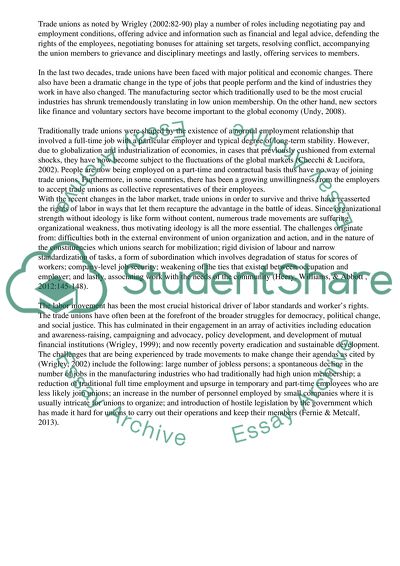Cite this document
(“The Role of Trade Unions in the United Kingdom Essay”, n.d.)
The Role of Trade Unions in the United Kingdom Essay. Retrieved from https://studentshare.org/management/1495255-a-critical-evaluation-of-the-role-of-trade-unions
The Role of Trade Unions in the United Kingdom Essay. Retrieved from https://studentshare.org/management/1495255-a-critical-evaluation-of-the-role-of-trade-unions
(The Role of Trade Unions in the United Kingdom Essay)
The Role of Trade Unions in the United Kingdom Essay. https://studentshare.org/management/1495255-a-critical-evaluation-of-the-role-of-trade-unions.
The Role of Trade Unions in the United Kingdom Essay. https://studentshare.org/management/1495255-a-critical-evaluation-of-the-role-of-trade-unions.
“The Role of Trade Unions in the United Kingdom Essay”, n.d. https://studentshare.org/management/1495255-a-critical-evaluation-of-the-role-of-trade-unions.


